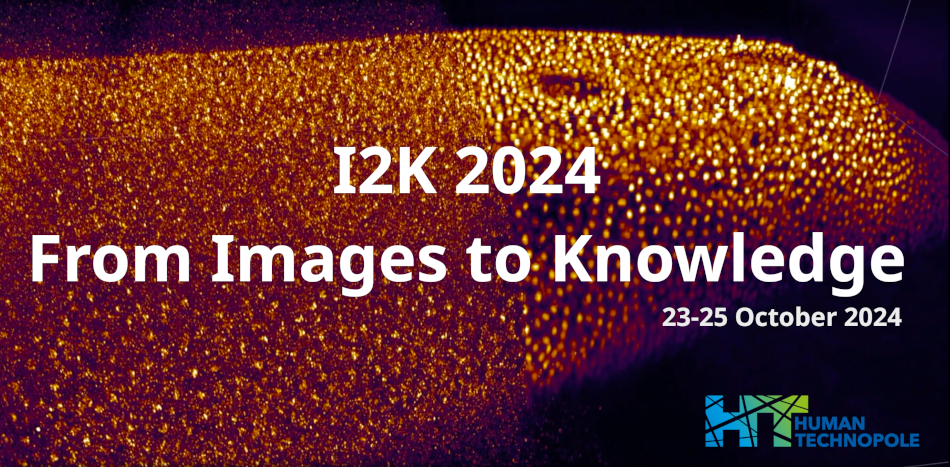Speaker
Description
The increasing frequency of heatwaves we are experiencing at present strongly affects plant fertility and crops yields. While the whole plant suffers during hot periods, pollen development is especially sensitive. Our project aims to understand how some plants cope better than others with elevated temperatures. For this, we screened plants from populations with a diverse genetic background using histochemical staining, however, manual analysis of light microscopy images was inefficient. To address this, we developed a high-throughput automated image analysis method.
We used Cellpose for image segmentation and created a custom Fiji-pipeline for batch analysis. This pipeline pre-processes images and measures various features such as quantity, size, and staining intensity of pollen grains. From the resulting database it proved challenging to interpret viability by looking at individual parameters. Therefore, we trained a machine learning model using a manually classified subset of data taking into account all parameters at once. This model accurately predicts pollen viability, enhancing our ability to screen for heat-resistant species.
Our pipeline, using traditional Fiji-based analysis sandwiched between two machine learning methods, greatly improves our screening process.
| Authors | Daan M. van den Brink*, Max Frencken, Nienke van der Wal, Jeroen van den Hurk, Victoria Mironova, Ivo Rieu |
|---|---|
| Keywords | object identification, segmentation, quantification, plant biology |

